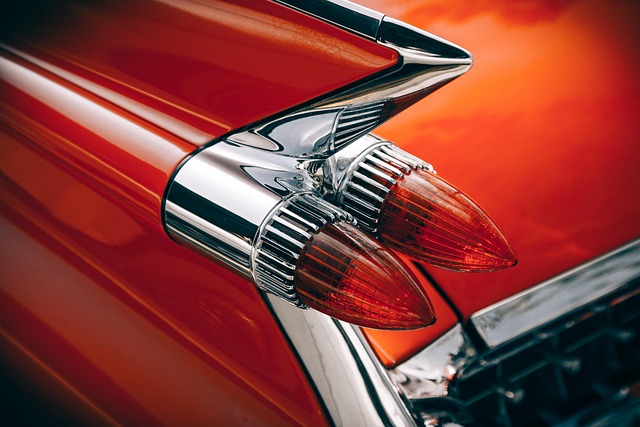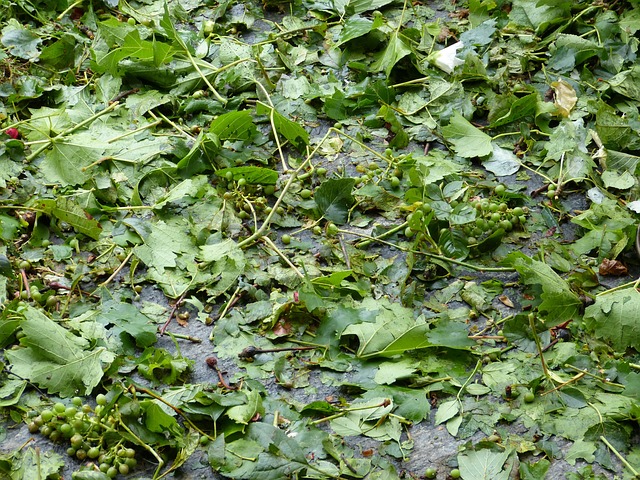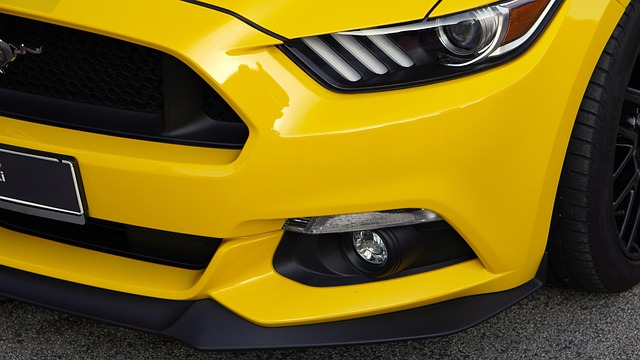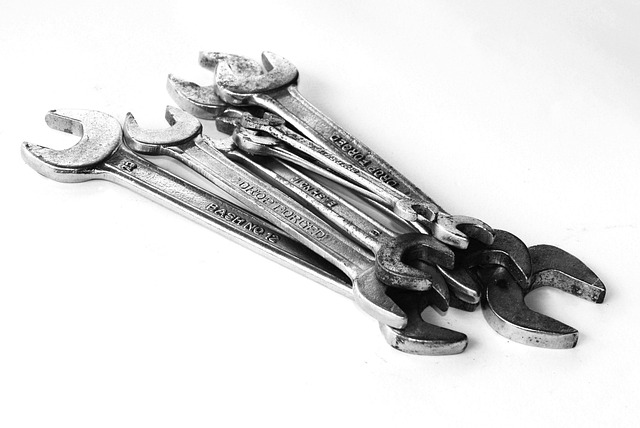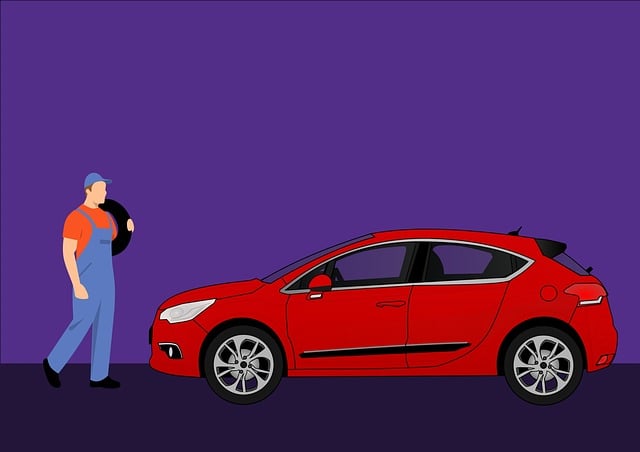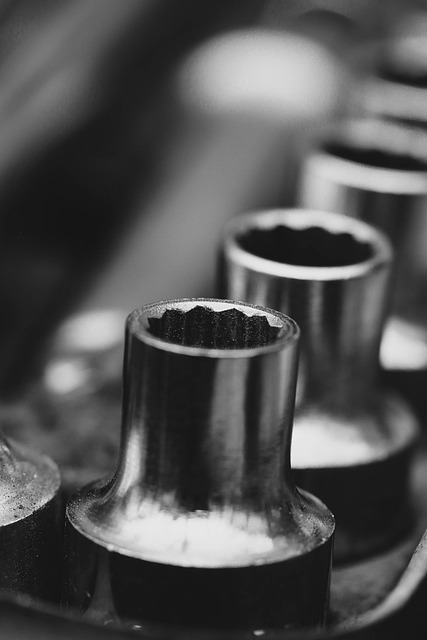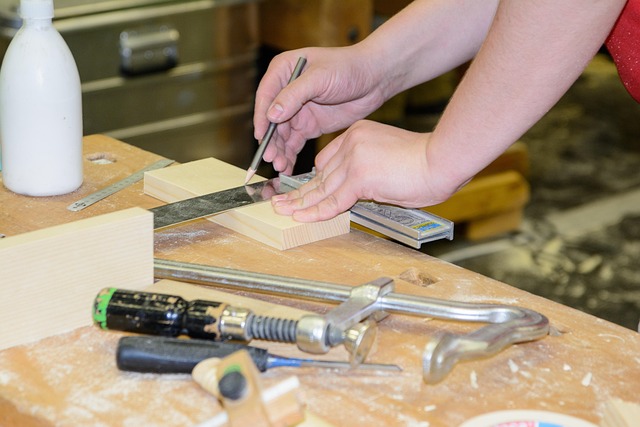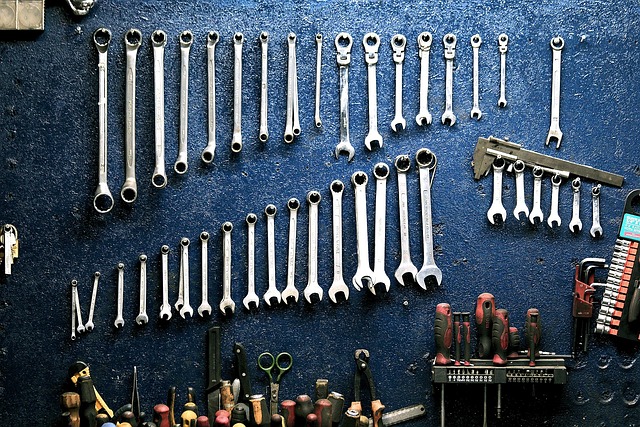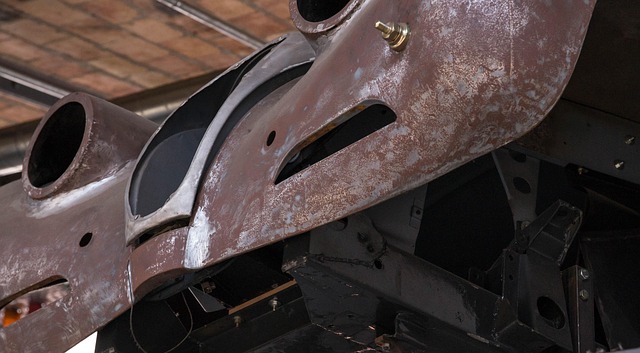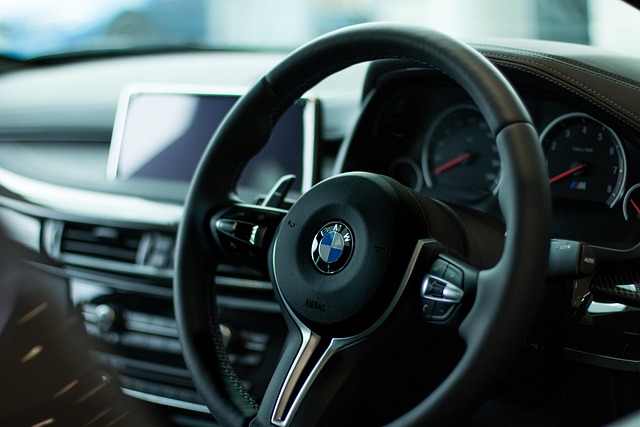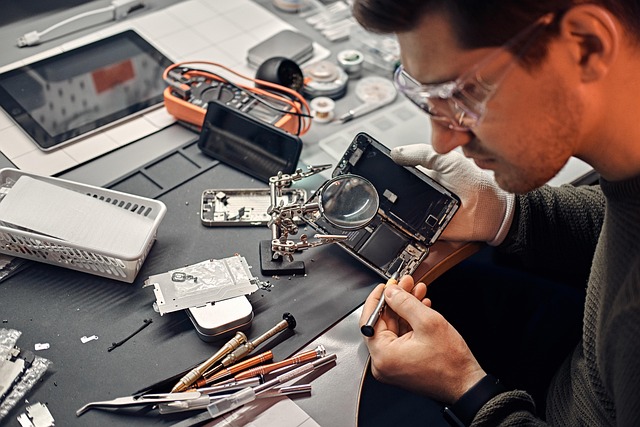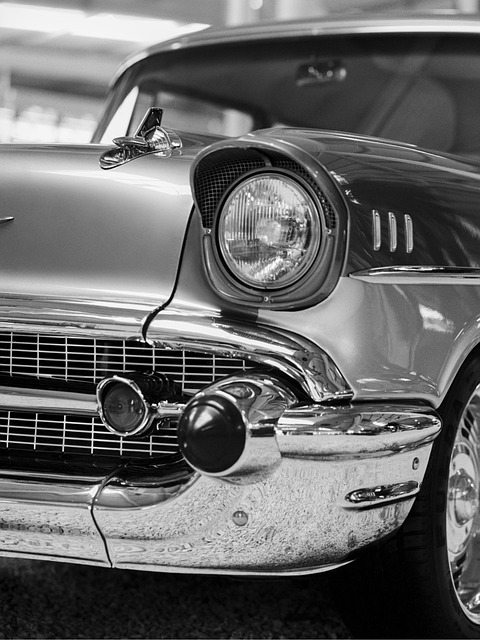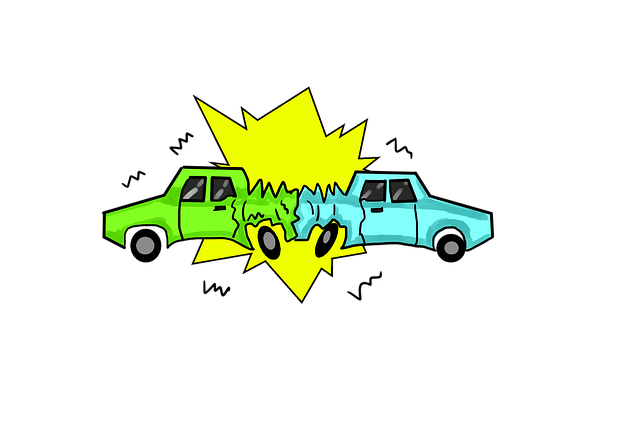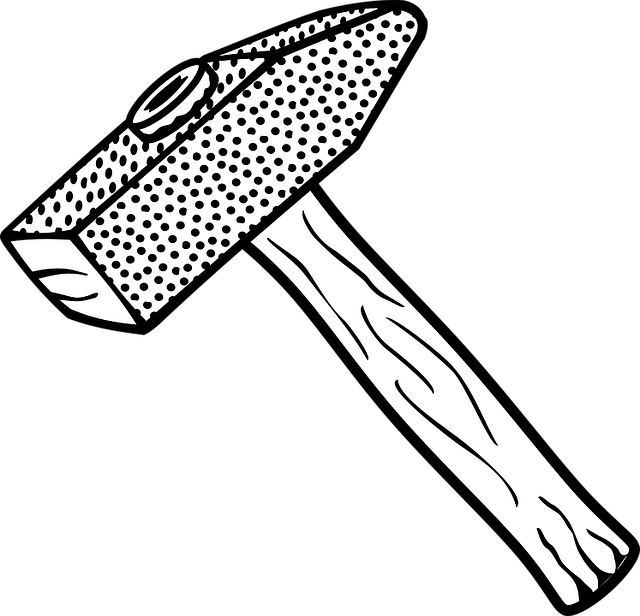Chrome repair restoration requires a meticulous approach starting with a comprehensive assessment of damage, followed by preparation with specialized tools and materials, and ending with proper drying and sealing. Post-restoration inspection is vital to uncover any missed issues, addressing them through techniques like penetration, polishing, or repainting. Using advanced tools and high-quality materials ensures structural integrity and aesthetic restoration, with options for long-lasting protection through chrome plating or coating. Safety gear is essential for professional results in collision or auto frame repairs.
After a professional chrome restoration, proper maintenance is key to preserving the intricate details and glossy finish. This guide offers best practices for maintaining your restored chrome, ensuring longevity and a show-stopping appearance. From initial assessment and gathering the right tools to step-by-step repair techniques and post-restoration care, we’ll walk you through every aspect of chrome repair restoration. Learn how to protect your investment and keep it gleaming for years to come.
- Assessment and Preparation for Chrome Restoration
- – Understanding the scope of damage and necessary repairs
- – Gathering the right tools and materials for restoration
Assessment and Preparation for Chrome Restoration

Before diving into the restoration process, a thorough assessment is crucial to understand the extent of damage and the specific needs for chrome repair. This involves meticulously examining the chrome elements on the vehicle, identifying scratches, pitting, or any other defects that require attention. It’s important to note that different types of chrome require unique restoration techniques, so categorizing the damage accurately will guide the restoration process effectively.
Preparation plays a pivotal role in achieving exceptional results. This step entails gathering the necessary tools and materials for chrome repair restoration, including specialized polishes, compounds, and buffing tools. Additionally, ensuring a clean and dust-free environment is essential to prevent any contamination that might compromise the restoration quality. Vehicle owners or body shop services should also plan for drying and sealing post-restoration to safeguard the newly restored chrome from potential damage.
– Understanding the scope of damage and necessary repairs
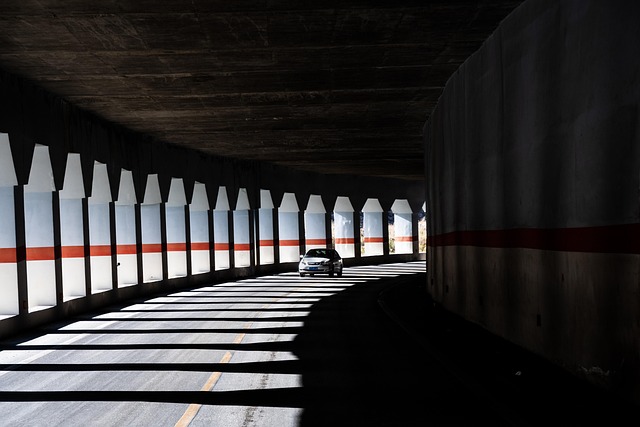
After a professional chrome repair or restoration, it’s crucial to grasp the extent of the damage and the repairs undertaken to ensure optimal longevity. The first step involves a thorough inspection to identify any remaining nicks, scratches, or corrosion that might have been missed during the initial restoration process. This is where detailed knowledge of chrome repair techniques comes into play – understanding whether penetration, polishing, or repainting is required for each imperfection.
The scope of work could range from simple touch-ups to extensive frame straightening and panel replacement, depending on the severity of damage. Auto maintenance professionals often employ advanced tools and technologies during the repair process, including computer-aided design (CAD) systems and specialized machinery for precise frame straightening. These practices ensure that not only is the chrome restored to its former glory but also that any underlying structural issues are effectively addressed.
– Gathering the right tools and materials for restoration

Restoring a chrome finish requires the right tools and materials to ensure the best outcome. For any chrome repair or restoration project, having the proper equipment is essential. This includes specialized cleaning solutions designed for removing oxidation and grime without damaging the metal. Fine-grit sandpaper with varying coarseness levels is crucial for smoothing out imperfections, with finer grits used for more delicate areas. A reliable power drill fitted with the appropriate bits allows for precise shaping and polishing, while a high-quality chrome polish or compound will provide a glossy finish.
Additionally, consider investing in a chrome plater or coating to achieve a long-lasting, protective layer. Safety gear such as gloves and goggles should never be overlooked, ensuring your comfort and protecting against harsh chemicals. Remember, the right tools make all the difference in achieving professional-grade results for your chrome repair restoration project, whether it’s part of collision repair services or auto frame repair.
After professional chrome restoration, proper maintenance ensures the longevity of your restored surfaces. Assessment and preparation are key; understanding the damage and gathering the right tools will facilitate a successful repair process. Regular cleaning, using gentle methods and pH-neutral products, is crucial to prevent damaging the restored chrome. Additionally, monitoring for signs of corrosion or damage early on can help catch issues before they become major repairs. Adhering to these best practices ensures your chrome remains in excellent condition, preserving its beauty and functionality for years to come.
